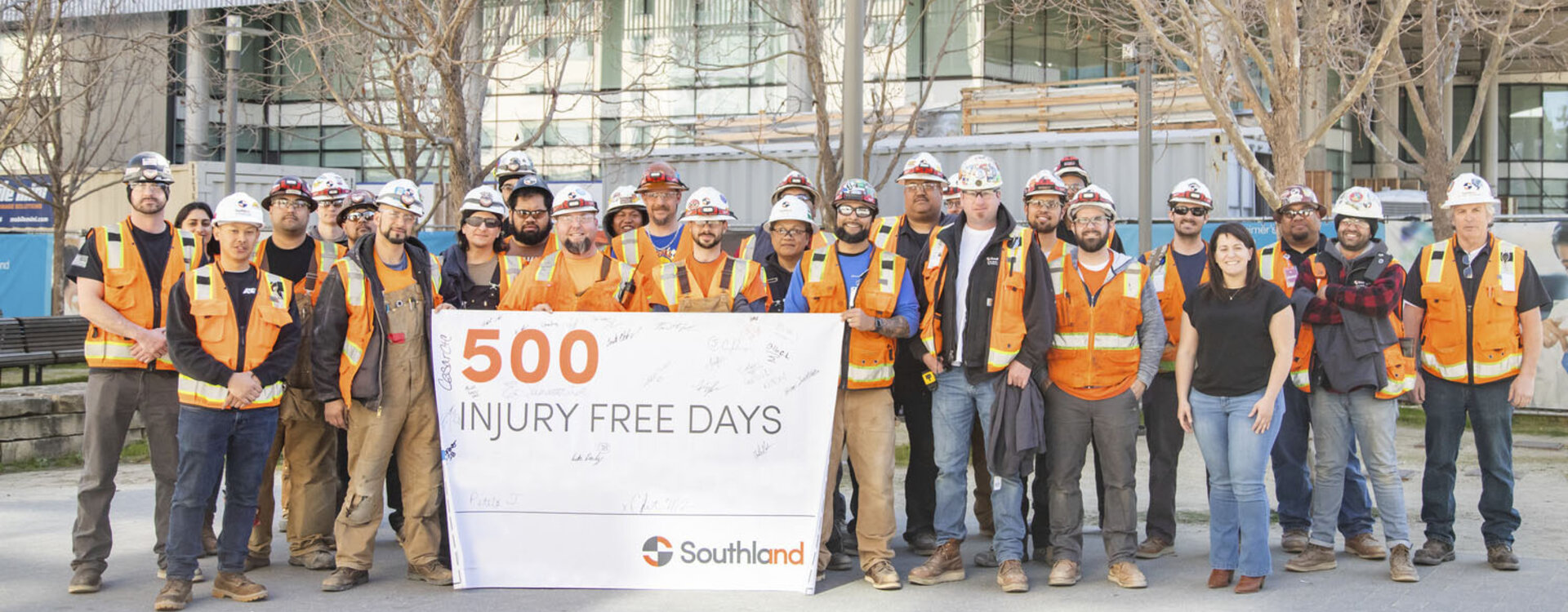
In recent years, the construction industry has undergone significant changes to achieve better, more efficient, and safer processes. From logistics to prefabrication, field installation, and machinery, safety has become a focal point, ensuring protection of workers, minimizing risks, and shifting the industry's focus from reactive to proactive measures.
However, this paradigm shift did not happen overnight. Rather, it was an evolution that took place due to several factors, including lesson learned, closing of gaps, preplanning, and the development of an ingrained safety culture. These elements were at the core of the paradigm shift and continue to be essential in ensuring that the industry can identify potential hazards accurately, plan for them efficiently, and prevent similar incidents from occurring in the future.
At Southland, sharing lessons learned is crucial, and our teams continuously learn from risk analyses, new tools, and quicker processes. For example, closing the gap involves streamlining information and brainstorming solutions, which are essential for a proactive approach to safety to prepare for potential hazards through preplanning. But proactive measures can only be successful with a strong safety culture, encouraging open communication, empowering each employee to voice their safety concerns, and challenging them to innovate new, safer ideas.
But proactive measures can only be successful with a strong safety culture, encouraging open communication, empowering each employee to voice their safety concerns, and challenging them to innovate new, safer ideas.
Prioritizing safety and adopting a proactive approach can transform the construction industry significantly. By minimizing risks and preventing incidents and injuries, the industry can continue to make progress toward a safer future.
Division Safety Manager
As Division Safety Manager, Avnit Kang is responsible for overseeing all safety efforts within our Northern California Division. She is passionate about creating hazard-free work environments to safeguard workers and enhance project outcomes.



